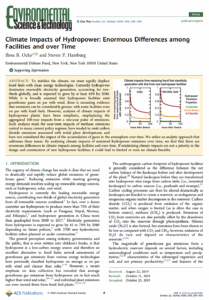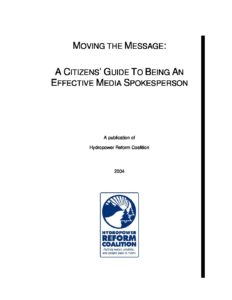Let’s urge FERC to improve Kennebac dams plan
Draft environmental impact study should go further to improve fish passage and save Atlantic salmon
“Every spring, for thousands of years, the rivers that empty into the North Atlantic Ocean turned silver with migrating fish. Tomcod and rainbow smelt swam out from beneath melting ice. Young eels found their way from the Sargasso Seas. Alewives and blueback herring surged upstream when serviceberry trees bloomed white in the still-bare woods, followed by shad in June, then sea lamprey, striped bass, and sturgeon.
Among the schools swam the king of fish, the Atlantic salmon. From New York to Labrador, from Russia to Portugal, sea-bright salmon defied current, tide, and gravity, driven inland by instinct and memory to the very streams where they themselves emerged from gravel nests years before. They were fish worthy of story, myth, and legend; in North America, they provided sustenance to many and supported major commercial fisheries.”
Hundreds of thousands of salmon used to ascend the rivers of New England. By 1992, no adult salmon returned to the Kennebec River.”
—Catherine Schmitt, The President’s Salmon
There it is.
Once such an important part of American culture, sport and commercial fishing, the President’s Salmon is now hanging on by a thread in the United States.
It is estimated that just a couple thousand adult salmon return each spring to rivers in Maine — the only state that still has Atlantic salmon migrations.
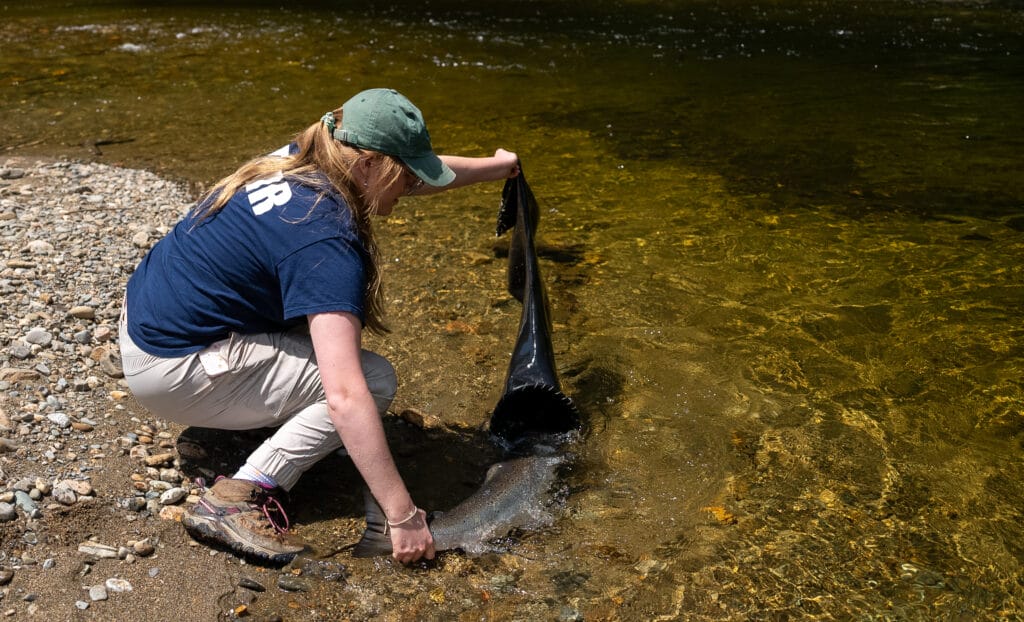
Here is what the National Oceanic Atmospheric Administration’s fisheries division says of Atlantic salmon: “The Gulf of Maine distinct population segment (DPS) of Atlantic salmon is listed as endangered under the Endangered Species Act and is in danger of extinction. In the United States, NOAA Fisheries works to protect all Atlantic salmon. We have specific recovery actions and management strategies for the Gulf of Maine DPS because it is endangered.”
On to opportunity
But there exists today an opportunity to turn things around for Atlantic salmon in Maine.
The license for one of four Kennebec River dams that block salmon from their traditional spawning grounds is currently up for renewal. The licenses for three other dams are up for license amendments.
The relicensing process, which typically occurs about every 30 years, provides a once-in-a-generation opportunity for the Federal Energy Regulatory Commission (FERC) to require the dams’ owner to implement viable fish passage requirements that will ensure that salmon can reach their spawning grounds and begin rebuilding their numbers.
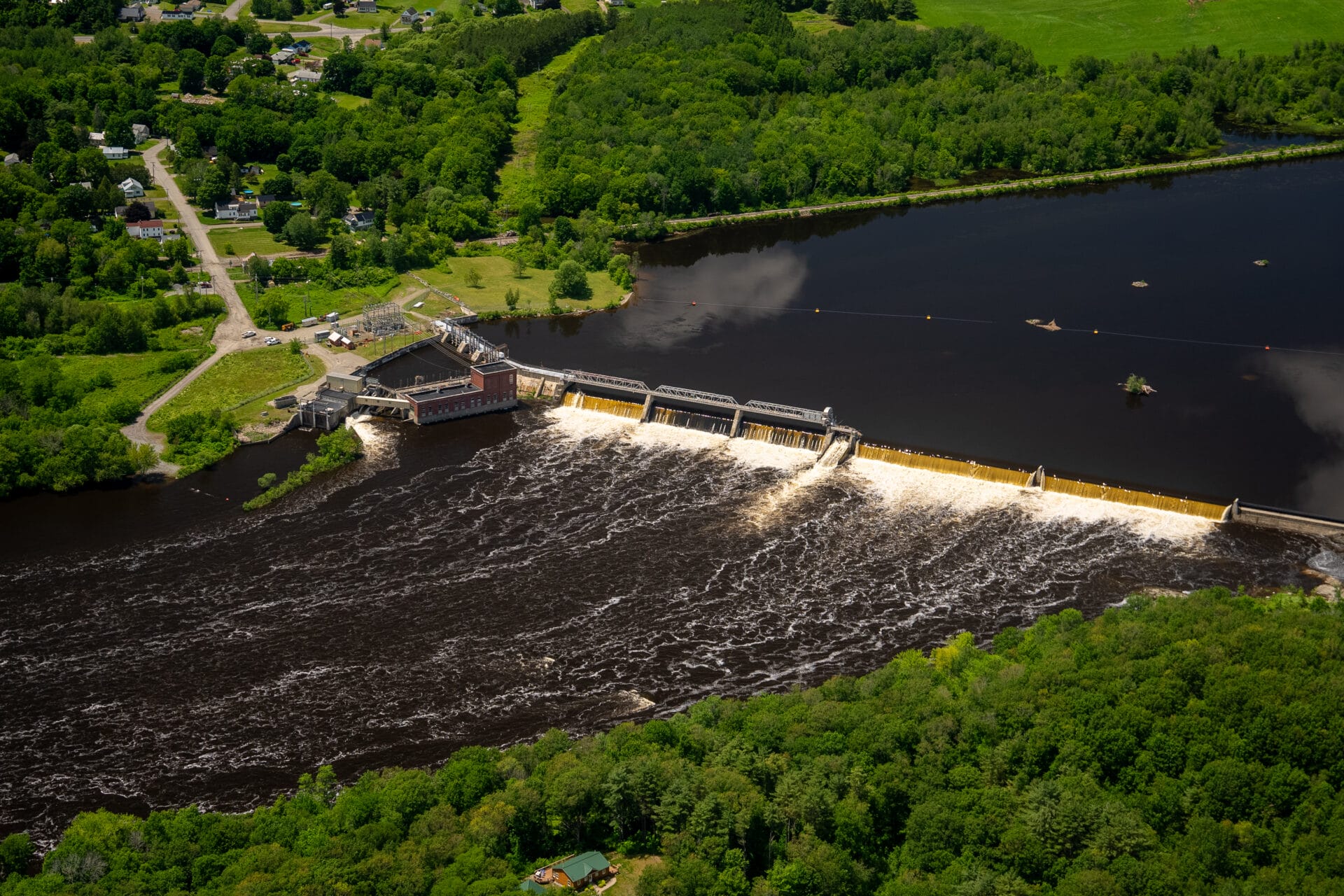
Shawmut Dam
Still falling short
Unfortunately, a recently released draft environmental impact statement (EIS) prepared by FERC sells short the Kennebec’s salmon — as well as other co-evolved migratory species mentioned by Schmitt in the passage above.
The draft EIS is long and complicated. But the key points are not. Fish passage requirements outlined in the document are frustratingly similar to those that the agency has prescribed previously for other dammed rivers in the Northeast. The “solutions” have fallen short in those cases, and most of those rivers, including the Merrimack and Connecticut, no longer support wild salmon runs.
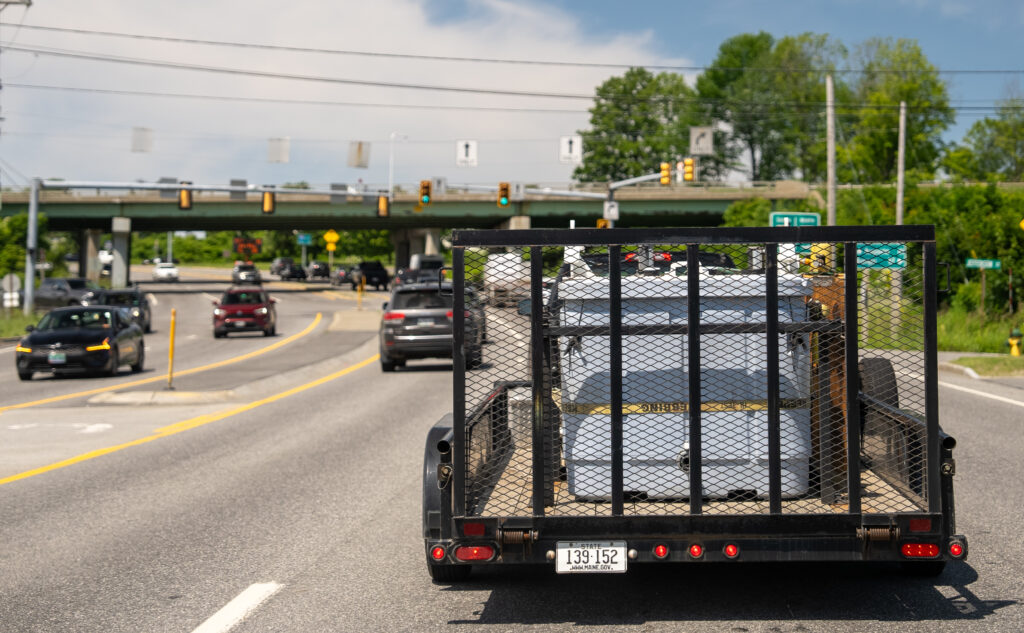
Trucking Kennebec salmon
History can be a good predictor of the future, and the future for Atlantic salmon is not bright under the proposed fish passage solutions outlined in the draft EIS.
At a minimum, each dam must feature at least two fish lifts rather than a single lift. Single lifts have consistently fallen short in meeting fish passage goals.
Furthermore, screens that protect out-migrating fish from being washed through turbines must feature ¾-inch openings, as opposed to the 2-inch size currently proposed. The smaller openings are critical for protecting smaller fish, particularly eels.
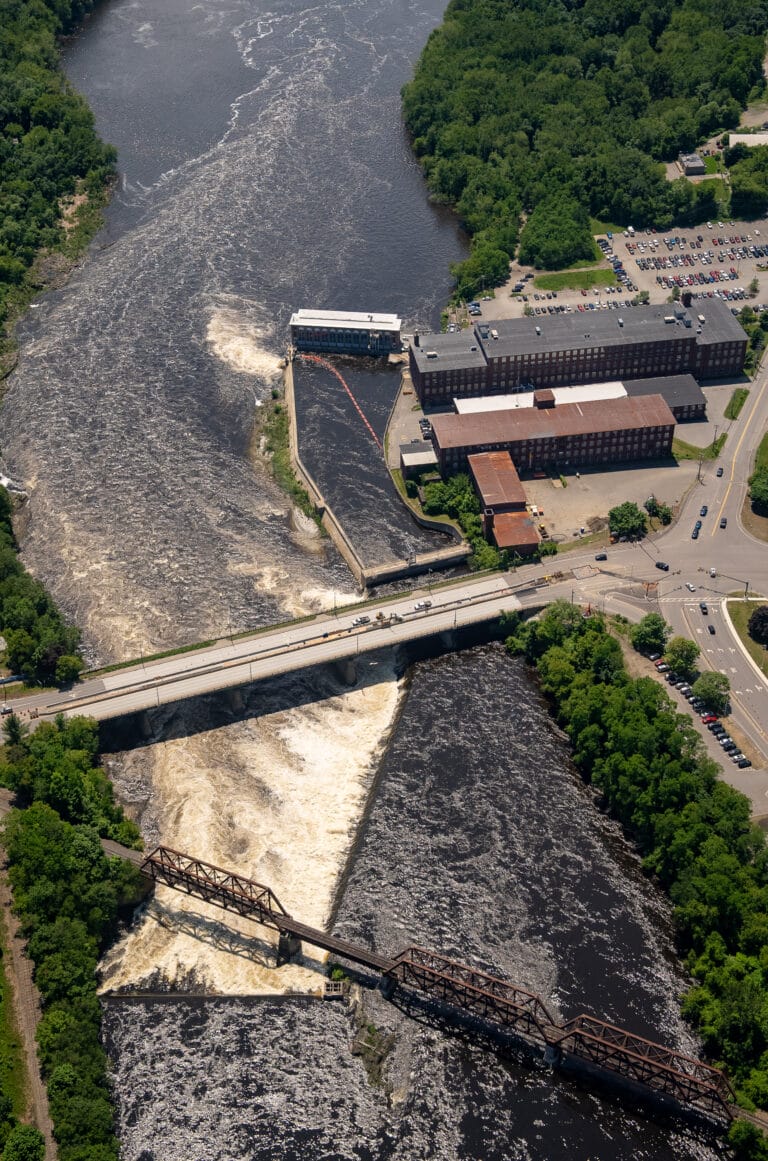
Lockwood Dam
The licenses must also mandate specific actions to be taken should fish passage infrastructure fall short of required performance standards. The draft EIS currently only vaguely states that “adaptive management” would be undertaken in such cases.
Comment now
FERC is currently accepting public comments on the draft EIS. Comments can be submitted by mail, or through FERC’s online portal.
Comments will also be accepted at two public meetings in Maine. The first will be the evening of May 21 in Waterville. The second will be the next morning in Augusta. Click HERE for full details.
Trout Unlimited is currently conducting a deep review of the document, after which we will submit detailed comments that will urge, at a minimum, the above-listed modifications.
Please sign the petition we will submit to FERC and join us in calling for FERC to seize this moment and require fish passage solutions that offer the best chance to restore runs of the President’s Salmon, as well as other migratory species, to the Kennebec.
With your support, a future where we can once again cast a line for the President’s Salmon in American waters is within reach.
This post originally appeared on Trout Unlimited.

